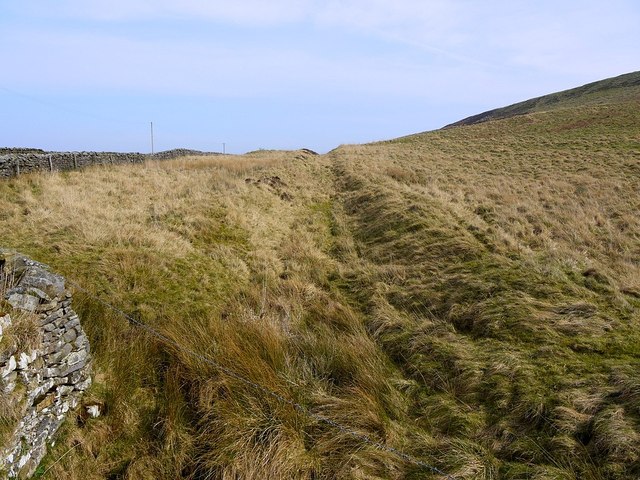The Hedley family gravestones, St. Michael & All Angels, Newburn

-
Description
"William Hedley (13 July 1779 – 9 January 1843) was born in Newburn, near Newcastle upon Tyne. He was one of the leading industrial engineers of the early 19th century, and was instrumental in several major innovations in early railway development. While working as a 'viewer' or manager at Wylam's Colliery near Newcastle upon Tyne, he built the first practical steam locomotive which relied simply on the adhesion of iron wheels on iron rails. Hedley felt that if the pairs of wheels were connected, as with Richard Trevithick's engines, if one pair began to slip, it would be counteracted by the other. The mine owner, Christopher Blackett had just replaced the wooden waggonway from Wylam to Lemington with iron flanged 'L' section plate rails. Hedley constructed a test carriage operated by manpower in 1811, to test the adhesion under various loads. A small scale model is in the Science Museum. He then used it as the chassis for a locomotive constructed to Trevithick's pattern with a single cylinder and a simple straight through fire tube to the boiler. Called the 'Grasshopper', the engine was not satisfactory. Its motion was erratic, because of the single cylinder, and it produced insufficient steam. He built a second engine, with the assistance of Timothy Hackworth, his foreman blacksmith, and his principal engine-wright, Jonathan Forster, using the 1812 twin cylinder plan of John Blenkinsop and Matthew Murray with a return-flue boiler. This was the famous steam locomotive, 'Puffing Billy' which first ran in 1813 and is now preserved at the Science Museum in London. There is a modern replica at Beamish NZ2254 : Puffing Billy emerges Its success encouraged them to build a second engine 'Wylam Dilly', which is now in the Royal Museum in Edinburgh NT2573 : National Museum of Scotland - Wylam Dilly. In the same year, his system for using a coupling between the wheels was patented. Both locomotives remained in active service until 1862. William Hedley died in 1843 at Burnhopeside Hall, near Lanchester NZ1946 and was buried at Newburn parish church NZ1665 : Church of St. Michael & All Angels, Newburn. Four sons survived him, and his descendants remained heavily involved in the coal-mining industry until nationalisation in the 1940s. In 1971, a charitable foundation was set up in the Hedley name, with assets based on the compensation from nationalisation. It supports young people, the disabled and the terminally ill." Photo by Andrew Curtis, 2013, and licensed for reuse under a Creative Commons Licence. -
Owner
Geograph.org.uk -
Source
Geograph (Geograph) -
License
What does this mean? Attribution-ShareAlike 2.0 Generic (CC BY-SA 2.0)
-
Further information
Link: http://www.geograph.org.uk/photo/3342043
Resource type: Text/Website
Added by: Simon Cotterill
Last modified: 9 years, 7 months ago
Viewed: 1255 times
Picture Taken: Unknown -
Co-Curate tags
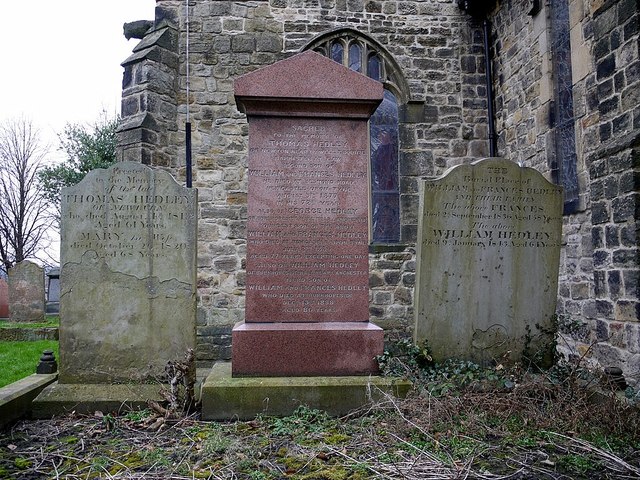
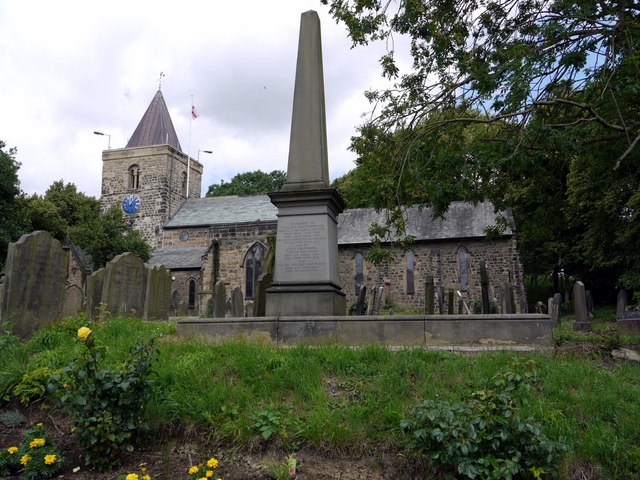
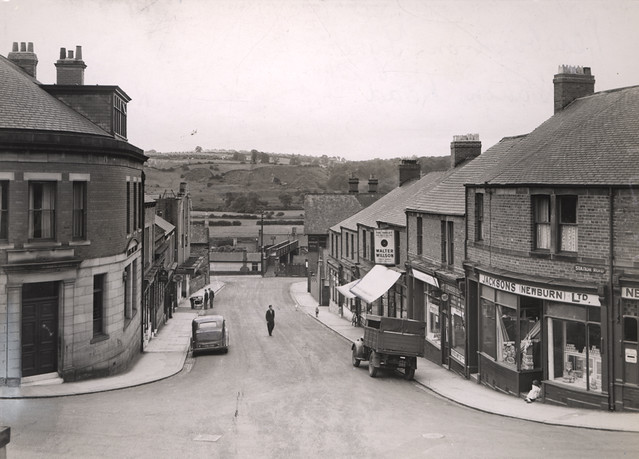

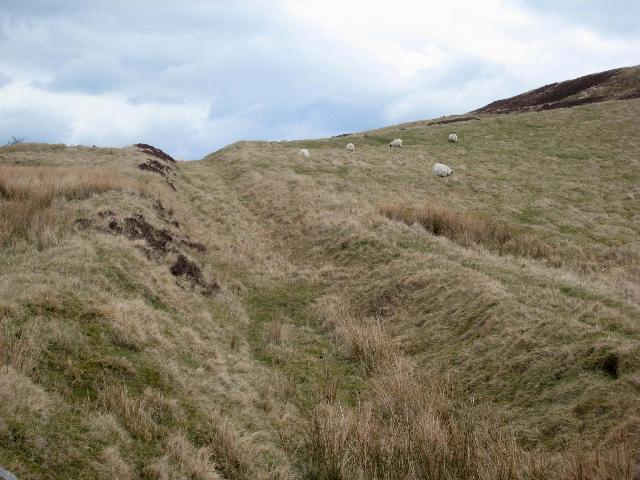
![Roman Signal Station, Barcombe Hill, Bardon Mill, Northumberland [2]](https://farm7.staticflickr.com/6145/5958980705_6e56b02a75_z.jpg)


